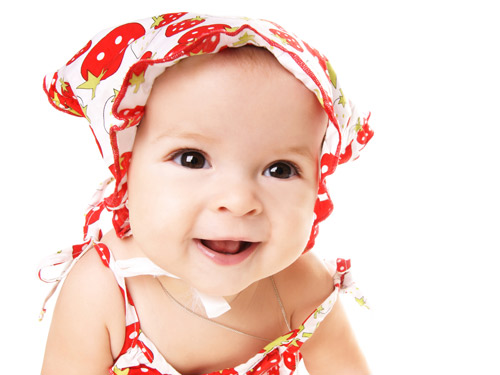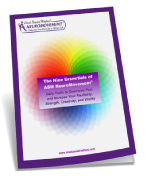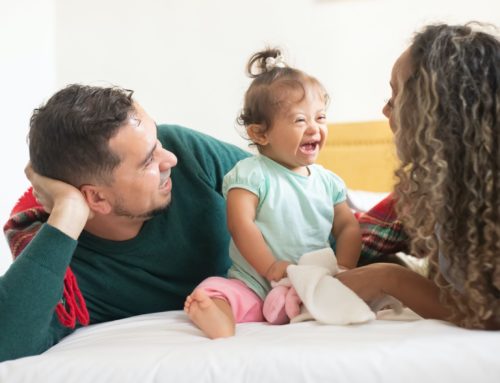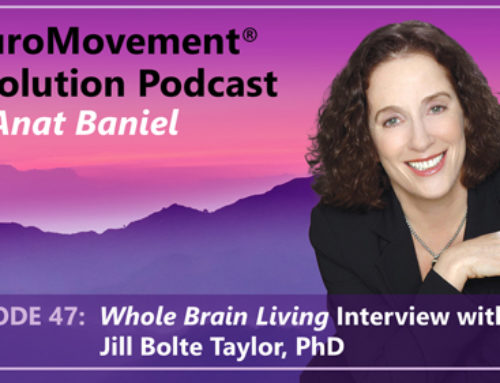Help for Children with Special Needs
NeuroMovement® Wakes Up the Brain to Learn and Grow

If you are the parent of a child with special needs, you are a very special parent. You are facing challenges over and above the already enormous task of raising a child. As practitioners working with your children, we are continually in awe of your dedication and are inspired by your courage.
Beyond the enormous task of raising any child, you are called to be your child’s advocate and champion. We understand that it is your goal to find the best ways to help your child develop and thrive.
How Can You Decide What Is Best for Your Child?
The rule of thumb is to go with what makes sense to you and feels right for your child.
From the perspective of NeuroMovement®, any intervention that follows the tenets of the Nine Essentials can enhance your child’s brain and its ability to learn and progress.
We strongly advise parents to closely observe your child’s response to the intervention he or she receives.
If your child feels safe, is happy, and excited about participation (at least most of the time), and is showing real progress in movement, cognitive, emotional, and/or interpersonal skills, this is clearly a path to follow.
If your child is unhappy, not participating, is uncomfortable, or not progressing, we recommend that you seek an alternative.
Helping Your Child with Special Needs
There are many different conditions and diagnoses that can create special challenges, and every child is different. However, one thing is common to all children: the need for their brains to differentiate, integrate, and form well-organized patterns of movement, thought, feeling, and emotion.
It can be tempting to try to tackle your child’s limitations by trying to “fix” them. The “fixing” approach may include things like repeatedly “stretching” tight muscles, repeated behavioral conditioning, or by trying to get a child to sit, stand, walk, or talk when he can’t do it.
The greatest potential for transformation is not in trying to make children do what they can’t, but in finding ways to help each child’s brain differentiate and spontaneously discover how to go beyond his or her limitations.
It is of utmost importance to understand that the neuro-physiological processes in the brain of the typically developing child which lead to successful learning and growth are the exact same neuro-physiological processes that need to occur, and can occur, in the brain of the child with special needs.
Anat Baniel Method® NeuroMovement® Starts Where Your Child Is At
With Anat Baniel Method® NeuroMovement®, we back off from trying to mechanically force your child to do what he or she can’t, because we know that if she could, she would; if he could, he would. Instead, we begin working with your child where he or she is.
We use very gentle movements, making sure that your child is comfortable and paying attention to what she or he feels. This movement with attention, along with the other eight Essentials, flood the brain with new information it needs in order to create solutions that transcend your child’s current limitations.
Every Child’s Future Depends on Learning
Every child’s future depends on learning. The brain shapes and structures itself constantly in response to its experiences. We want these experiences to provide your child’s brain with lots of new information that is positive and useful.
The Nine Essentials provide your child’s brain with conditions it needs for learning.
We use NeuroMovement and the Nine Essentials to provide the brain with information it requires to organize new skills. Once your child has mastered a new skill, he or she will practice it spontaneously, just as all children do.
The Essentials are easy to implement in daily life, creating the conditions for the brain of the child with special needs to become the amazing learning machine it can be and which it needs to be. Learn more about the Essentials in Kids Beyond Limits.
Our ABM NeuroMovement Practitioners work with children of all ages, from a few days old to teenagers. The brain is built to be plastic; that is, changeable, at all ages. At the same time, the younger the child, or the sooner the intervention after a trauma, the better.





